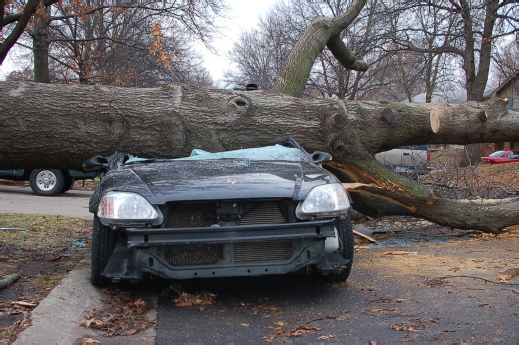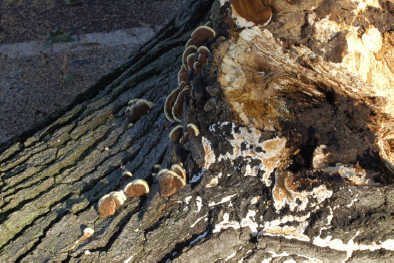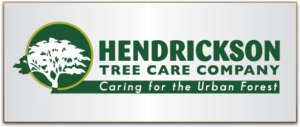 When dealing with hazardous tree situations, it is essential to involve an arborist. Even the most beautiful trees can sometimes present unexpected dangers. The dangers associated with trees can be significantly reduced by hiring a professional to perform an ongoing maintenance program.
When dealing with hazardous tree situations, it is essential to involve an arborist. Even the most beautiful trees can sometimes present unexpected dangers. The dangers associated with trees can be significantly reduced by hiring a professional to perform an ongoing maintenance program.
It is important to consider three aspects when determining the hazard potential of a tree. Consider these with the understanding that a tree can fail at any time throughout the year. The three aspects are as follows: a defect, the potential for failure, and a target.
Defects – When determining the hazard potential of a tree, you should look for visible defects. However, it is very important to understand that even if you don’t see a defect, the tree may still be hazardous. A limb that has broken and is hanging on top of other limbs is a defect. This “hanger” could break the limbs below it or slip off the limbs at any time.
Potential for Failure – This is perhaps the most difficult aspect to determine. Failure may result from a variety of circumstances including decay, excessive branch end weight, storm damage, root system failure, unnatural lean, cracks, excessive water drainage or a hollow trunk or tree cavity. Decay is most easily identified by the presence of fungi (mushrooms, conks) that live in decayed matter. Weakened trees will also harbor insect populations and be more prone to diseases.
Target – The target is relatively easy to determine. If there is nothing in the vicinity of the tree that can be damaged, the tree is not a hazard. If there are people or other valuable objects frequently in the vicinity of the tree, the tree should be considered a hazard tree.
 Since it is sometimes difficult for a homeowner to make the determinations mentioned, it is imperative to involve a certified arborist. In some cases, the arborist will use further means or tools to determine hazard potential.
Since it is sometimes difficult for a homeowner to make the determinations mentioned, it is imperative to involve a certified arborist. In some cases, the arborist will use further means or tools to determine hazard potential.
On another note observing the condition of the leaves (color and abundance) will often give you an indication of the tree’s health. Sometime though root rot or white rot will not show leaf signs and these issues are quite dangerous.
For further information on recognizing tree hazards, click here.
